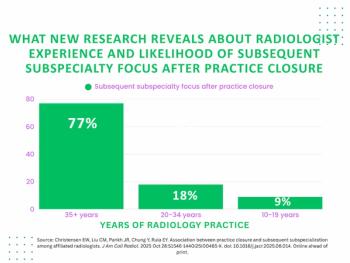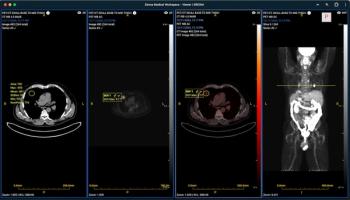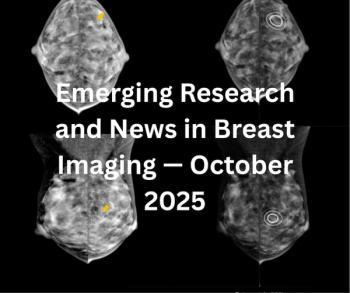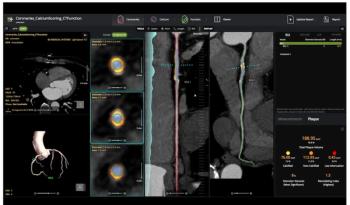
Siemens ultrasound upgrades boost clarity
Layer by layer, an electronic scalpel “peels” away grainy, hazy gray images: New software tools designed for use with Siemens’ Sonoline Elegra ultrasound platform allow radiologists to see a fetus more clearly.Erlangen, Germany-based
Layer by layer, an electronic scalpel peels away grainy, hazy gray images: New software tools designed for use with Siemens Sonoline Elegra ultrasound platform allow radiologists to see a fetus more clearly.
Erlangen, Germany-based Siemens introduced the Sonoline Elegra four years ago. The company considers the supercomputer-run system its most adaptable product for capturing images through various technologies.
Its faster and easier to upgrade than any ultrasound system before, said Sabine von Sengbusch, manager of marketing communications for Siemens Ultrasound Group in Issaquah, WA.
The Sonoline Elegra runs on software called 3-Scape Real-Time 3D Imaging. The 5.0 software upgrade allows the Elegra to use several new tools, which were introduced at last years Radiological Society of North America convention.
Along with the so-called electronic scalpel, radiologists can use bookmarksmuch the way PC users bookmark favorite Web sitesthat make it easy for them to edit, retrieve, and manipulate images.
A 3-D rendering tool called Minimum Intensity Projection allows clinicians to capture images of the vasculature of the liver and extremities, or of cystic structures in the breast. A new lightweight transducer, the CX5-2 Multi-D Array, scans material over a larger focal zone than a conventional transducer.
In addition, the Sonoline Elegra uses Photopic Ultrasound imaging, which enhances tissue contrast on the screen, especially in abdominal and vascular imaging. Frame by frame, the image is balanced and color-enriched, allowing clinicians to see it in bright viewing conditions such as in an examination room.
Another tool, SieFlow Grayscale Imaging, provides clearer viewing of vessel anatomy and blood flow using gray-scale images, according to von Sengbusch. With traditional B-mode imaging, the flow isnt visible, she said.
Newsletter
Stay at the forefront of radiology with the Diagnostic Imaging newsletter, delivering the latest news, clinical insights, and imaging advancements for today’s radiologists.






























